 Just this once, we will ignore the beginning and start near the end with exactly what you would expect from a safari – a hunt. Only this is a photo safari so the hunters will have to be animals. In this case, a pride of 28 lions with a few safari vehicles tagging along. We are 11 days into a 12-day safari spanning four camps in two national parks and three Maasai conservancies. We know the routine. Up at 5:45 for a 6:15 start with a breakfast packed for a 9:00 to 9:30 break on the plain. This morning we are in the Porini Lion camp within the Olare Motorogi Conservancy which borders the Maasai Mara game reserve. We hop into our open Land Cruiser at 6:15 a.m. and head out. It is crisp outside with clearing skies. We bundle up. The open air design of the Land Cruiser provides a cold breeze as we drive. There are four of us today filling six available seats. Our driver and spotter are in front. Both are Maasai and dressed in the bright traditional style of the bush only this morning they wear heavy coats over their bright tunics because of the cold. There is a certain excitement about starting out each morning (and each afternoon for the second drive). You never know what you will see or where you will see it. This morning the drive out of camp into the conservancy finds us on wet roads after evening rains. We cross a small stream swollen and muddy from the rain and head into an open grassland. The vehicle slides sideways in the deep mud as we drive down the embankment. Ahead of us is a gently sloping field with a small herd of topi, all of whom are standing upright and looking in one direction. Across the field is a small stream and then another open field on a gently sloping hill. Immediately our driver veers off of the road onto the field with the topi and heads for the stream. As we look across the field, we see lions, lots of lions, dotting the hill on the other side of the stream. They are heading our way. No wonder the topi were attentive. By the number of brown bodies, our guide knows this is the area's largest pride. Soon we are at the stream just as the first of the 28 lions reach the other bank. There is hesitation. They do not like water. Then the first lion jumps over the stream to the other side. Then another and another. A second line of lions forms a bit upstream and begins their aerial crossing as well. One large female misses her landing and slides back into the stream. She is none too happy as she scrambles up the muddy embankment.  Once the stream is forded, the group heads up the hill on our side. About eight or nine march single file near a dirt path. The rest are spread out into the grass as they proceed in the same general direction. No one is making a sound. Soon, four or five jackals appear toward the back of the pack, yipping and barking loudly. Occasionally they charge toward the lions only to hurry back when a lion turns its head. They stay close as the pride advances, yipping constantly. Are the jackals warning the potential prey? Why would they do that when they stand a chance to feed on the leftovers? Our vehicle moves with the pride. Sometimes we are slightly behind most of the lions. Other times we move ahead so the procession walks toward and around us. A second vehicle joins us off to the side. The lions are acclimated to vehicles and take little notice. Some pass right up to our vehicle as they walk by. They are so close you could almost tickle their feet. These are big and powerful creatures who are in control of their environment. When they get close we feel our adrenaline flow. Soon we crest a hill and the lions continue down toward a large open plain. There are trees but they are few and far apart. On the plain is a small herd of zebra. The lions, all 28 of them, proceed at a leisurely pace down the hill, some move ahead, some spread to the sides and others stop to watch or explore. One youngster carries a bundle of sticks in his mouth as he trots behind the others. Another stops to climb a termite hill. The organization may be unclear but the activity is certainly practiced. Some are clearly father along on the learning curve than others. As the lions make their way down the hill, the zebras get stiff, then confused. Their ears stand up and heads turn toward the lions. They stop to assess the threat. The zebra have now frozen in position. Soon the lions move closer to the zebra. In front, one darts into the center of the herd. The zebras bolt away into two and then four groups. Each is followed closely by a small group of lions. The action stops as the lions take stock of the situation. We get ready to move on. Our goal was to watch the method, not see the result. As we drive off, I am fixed on a row of seven or eight zebra who are separate from the larger groups and standing bolt upright among a short row of trees. Will they all survive? Later, after we return to camp, we learn that the zebra were spared that morning. Apparently, an unobservant warthog stumbled into the pack and immediately became breakfast. While the lions were distracted by the kill, the zebras escaped.
It all seems incredible. We not only witnessed this but that we were in the middle of an enormous pride as it happened. In a few days, I will be at home in Atlanta going through the trip photographs. But just now I am in the middle of the oldest of wildernesses, tamed just enough through familiarity and the lack of human hunting to enable us to experience this extraordinary event. ----- All photos and text are copyright Clinton Richardson. The images are from the author's Safari Collection at Trekpic.com. If you like these posts, please tell your friends about the Venture Moola blog at Readjanus.com. Want to plan your own safari? If so, feel free to check out the outfitter we used at Porini.com. And, feel free to share this blog. The more readers the better. Click here if you would like to get a weekly email that notifies you when we release new entries. Or, click in the side column to follow us on Facebook or Twitter. Months ahead of our departure date it was time to prepare for the health side of our trip to the Massai regions of Kenya. The packaging from the four-day oral dose of typhoid vaccine shouted "Bring back souvenirs, not typhoid fever" in bold type. It was a clever reminder that we are traveling to a different part of the world. Six shots preceded our typhoid vaccine and a regimen of anti-malarial drugs will follow beginning a few days before take off and carrying on for weeks after our return. Our pincushion arms have healed and we are now recently vaccinated (including updates) against typhoid fever, yellow fever, tetanus, diphtheria, pertussis, hepatitus A and B, Meningitis, and polio. Bring on Africa. We have had our medical histories compiled and reviewed and received advice on what to eat and what to avoid. Lots of bottled water is in our future. No disposable plastic bags. They are illegal in Kenya. We have medicine for intestinal discomfort and deet to repel mosquitoes. Lots of deet. We also have packing lists and limits on weight and types of bags we can use. Can I pack lightly enough to make room for all the camera equipment I want? The outfitter says I can photograph the night sky with a Maasai warrior as an escort. I will need a tripod for that and they are heavy. The preparations are involved and the flights are long. But this is an adventure unlike any we have taken before. We will be two weeks in the wild of Africa living in tents and seeing some of the most incredible mega fauna in the world. Our destination starts with a stay at a tented camp in Nairobi National Park. Over two nights we will take game drives and visit a renowned elephant orphanage run by the David Sheldrick Wildlife Trust. They do incredible work, having rescued hundreds of elephants and rhinos over the years. Check out their site if you are so inclined. From there, we head by small plane to the Selenkay Conservancy and Amboseli National Park. We will stay in a tented camp in the shadow of Mount Kilimanjaro. From there we will access the open lands of the conservancy, which occupies land leased from the Maasai tribe. The area supports a large herd of elephants. Also indigenous are Thomson and Grant’s gazelles, lions, cheetahs, leopards, zebra, gazelles, kudus, mongooses, porcupines, giraffes and yellow baboons. The game drives include one at night with the chance of seeing nocturnal aardvarks, serval cats, caracals, and bat eared foxes. Day hikes with Maasai guides include one to their village. I am going to have to look up some of the less familiar animals before we leave. Around six days in we head to the Porini Rhino Camp located in the Ol Pejeta Conservancy where we will find ourselves in the foothills of Mt Kenya. Two days and nights here with game drives and walks. The camp is in a secluded valley on the banks of a seasonal river and under the shade of acacia trees. The area is a sanctuary for black rhino and chimpanzees. From there it is on to the Porini Mara Camp with night game drives and a chance to spot an elusive leopard. The Mara and the Ol Kinyei Conservancy is home to the wildebeest, zebra, elephants, cheetahs, lions and leopards. Hyena, jackal, buffalo, eland, topi, impala, gazelle, and warthog are also around. As if that was not enough, from Porini Mara we head to the Olare Motorogi Conservancy and it's Porini Lion Camp. More walks and game drives and a chance to watch the great wildebeest migration, dependent on weather and the timing of the wildebeest. This latter event is a full day in the Masai Mara Reserve that annually plays host to this natural wonder of the world. Timing can be uncertain but if we are lucky we may get to watch as up to half a million wildebeest congregate to cross through the area seeking the grasses raised by earlier rains. Thousands upon thousands of hooves pounding the earth, rivers full of crocodiles waiting for a meal and the wildebeests' need to cross should make this unforgettable. And then, two weeks after we start it will be time to head back, spend a day in Nairobi and catch flights home. Oh, and 24 more days of malaria medicine. The text and the images are copyright Clinton Richardson 2018. This Thursday we begin a multi-week series that takes you on Safari in Kenya with us as we travel from Atlanta to Nairobi and Nairobi National Park. From their we fly to the Porini Amboselli Camp in the Maasai Selenkay Conservancy and then to the Porini Rhino Camp in Ol Pejeta and the Porini Lion Camp in Maasai Mara. Join us this Thursday as we journey into the heart of Africa. Share the travel, experience the camps, meet the Maasai and the interesting guests who join us. And, of course, see the majestic animals in their environment. Participate as a pride of 28 lions hunt for zebra or as a baby rhino playfully chases birds and warthogs. Be a part of the trip. Who knows, maybe you'll be inspired to plan your own African adventure. _ _ _ _ _
All photos and text are copyright Clinton Richardson. The images are from the author's Safari Collection at Trekpic.com. If you like these posts, please tell your friends about the Venture Moola blog at Readjanus.com. Want to plan your own safari? If so, feel free to check out the outfitter we used at Porini.com. And, feel free to share this blog. The more readers the better. Click here if you would like to get a weekly email that notifies you when we release new entries. Or, click in the side column to follow us on Facebook or Twitter. Ancient money's silent witness to history and how it influences our lives today is the subject of today's post. The image displayed above is from a coin was issued by a Roman Senator in 71 BC. In that year, Rome’s legions finally and violently quashed a massive slave rebellion on the Italian peninsula. The coin, as you can see, portrays a legionnaire holding a prostrate and defeated slave. The coin was a comfort to Rome’s citizens and a warning to its many slaves. You may have heard about the rebellion. Bestselling author Howard Fast wrote about it in the 1950s and actor Kirk Douglas turned Fast’s book into a blockbuster movie in 1960. As the story goes, a Thracian mercenary named Spartacus is enslaved and sent to the gladiatorial school of Lentulus Batiatus in Capua in the year 73 BC. Plans were to include him in gladiatorial bouts hosted throughout Rome’s empire after his training. Instead, he masterminds an escape and defeats all challenges thrown at him, dispatching Roman legion after Roman legion and accumulating over a two year period nearly 100,000 followers. His slave nation made camp on Mount Vesuvius near modern day Naples and earned international notoriety for its resilience. Knowing Rome must crush them to survive, Spartacus and his army of former slaves made arrangements to escape from the peninsula. But they failed. While trying to depart, the legions of Marcus Crassus and Magnus Pompey converge on them and defeat Spartacus and his armies in a crushing battle. After the defeat, Crassus crucifies 6,000 captives from the battle, all former slaves, while marching the rest of them 350 miles from the battle site to Rome. The number equates to about 17 crucifixions per mile, spreading them apart far enough so that the screams of each crucified slave could not be heard by the other slaves as they marched under the watchful eyes of Crassius’ legions. What you probably don’t know is that Howard Fast had to self-publish his book about Spartacus because his name appeared on Senator McCarthy’s black list of communist sympathizers. The Committee thought Fast and the story were too sympathetic to communist ideals. Even with the impediment of self-publishing, however, Spartacus quickly became a number one bestseller on the New York Times Bestseller List. And then the story of Spartacus’ struggle took on new meaning and managed to impact modern America in a surprising way. Kirk Douglas, annoyed at losing the lead role in Ben Hur to Charleston Heston, bought the film rights to Fast’s book and hired the incomparable Dalton Trumbo to write the screen play for his movie. Trumbo had been imprisoned for refusing to testify to the McCarthy’s Un-American Affairs Committee and was blacklisted by the motion picture industry. When it came time to release the film, Douglas made another bold move and put Trumbo’s name in the movie credits. Hedda Hopper and other influential media people panned Douglas and the move as un-American. Protesters appeared at the opening. But the movie nonetheless became an instant popular success marking a defeat for McCarthyism. When President Kennedy attended a showing and commented positively on the film, an important victory for American freedom was sealed. Spartacus lost his own battle for freedom in 71 BC but centuries later his story helped free Dalton Trumbo and Americans everywhere from a tyranny of their own. The past matters. Ancient coins like the one above can remind us of important past events that can and do still impact our modern world.
_ _ _ _ _ _ _ _ _ _ Next week we start our Kenyan Safari series. What is it like to spend two weeks in the African wild? What do you experience and see when you are there? Check out our Safari 1: The Hunt next Thursday. The coins pictured are from the Ancient Selfie collection and featured in Ancient Selfies - History Revealed Through the World's First Social Media. All coin photos and text are copyright Clinton Richardson. See more coin images at TrekPick.com on the Coins page. If you like these posts, please tell your friends about the Venture Moola blog at Readjanus.com. For more pictures of the cormorant or the great blue herons whose territory he is invading, see the Jurassic Cove Gallery at TrekPic.com under the heading New. Feel free to share this blog. The more readers the better. Click here to subscribe to a weekly email that tells you when we issue new entries. Or, click in the column to the left to follow us on Facebook or Twitter. You would be angry too if someone left you out in the woods for 50 years. Thousands of years ago, Odysseus was cursed to wander the seas for just ten years and he arrived home fit to be tied. I can imagine him feeling like this ancient Oldsmobile looks. Tired and worn and ready for a fight. The Odyssey depicts him as such as he sneaks back into town to assess the situation at his home. The coin, issued in 82 BC by a Roman senator serving a one year commission as moneyer, shows Odysseus being recognized by his old dog Argus as he finally returns to his home. The fact that this classic Greek scene appears on a Roman coin attests to the power this classic Greek story had in Roman times. Eighty-two BC was an unsettled time in Rome. Sulla had just defeated the Marians to take control of Rome but the empire was largely ruled by the Greek Mithradates, who had taken advantage of Rome's civil unrest to recapture much of Greece. Consequently, the Greeks were very much on Roman minds. I am not sure how the Roman god Mercury (who graces the front of the coin) fit in the Roman mind with the Greek hero Odysseus. Perhaps it was a way to claim Roman connection with the heroic traits of Odysseus or those of the more modern Greek hero Mithradates. Or perhaps, Limentanus, the issuer, traced his family to Mercury. Many Roman families included Roman or Greek gods in their family trees. Julius Caesar's family claimed affiliation with the Greek goddess Venus. She appears on many coins issued in his name. (His associates also claimed he ascended to the heavens when a comet appeared in the skies shortly after his death.) Our modern society does something similar, like using the likeness of Mercury on an American automobile. You would expect this car to be swift if it is named for Mercury. Or, co-opting a Greek goddess like Nike to sell shoes. Of course, in Nike's case the association is more abstract. They use a swish as their logo instead of the goddess' image. Interestingly, Nike personified victory to the ancient Greeks and Romans, not speed. Odysseus wandered far and wide on his arduous ten year journey home, suffering imprisonment, ship wrecks and losing his entire crew. He faced great temptations. He even visited hell, the Greeks called it Hades, where he saw the tortured remains of fallen heros. A junk yard can show you remains of fallen automobiles adorned with godly symbols and wearing the ravages of time. I guess you can find the old Greeks most anywhere if you look hard enough. _ _ _ _ _ _ _ _ _ _
Next week's post is about Why Spartacus Matters. Kirk Douglas, Joe McCarthy, Dalton Trumbo, a Roman slave and how they all interconnect to make a big impact on 20th century America. All photos and text are copyright Clinton Richardson. The images are from the author's Auto Afterlife and Ancient Selfies Galleries at the Trekpic.com. You can access them from the New and Coins pages. Next week we talk about Prepping for Kenya. If you like these posts, please tell your friends about the Venture Moola blog at Readjanus.com. For more pictures of the cormorant or the great blue herons whose territory he is invading, see the Jurassic Cove Gallery at TrekPic.com under the heading New. And, feel free to share this blog. The more readers the better. Click here to subscribe to a weekly email that tells you when we issue new entries. Or, click in the column to the left to follow us on Facebook or Twitter. As the sign on my dad's office wall proclaimed about being a salesman - do you have to be crazy to be one - no, but it helps. I hope you will be persuaded otherwise after viewing the images in this post. They were taken last November, early in the month, and a great time to visit the hottest place in the country. Cool mornings and evenings and moderate afternoons made November a perfect time to visit this unique piece of American real estate. The image above marked the end of sunset at Zabriski Point. We arrived in the afternoon after a long drive through the desert from Joshua Tree National Park. When we arrived at Zabriski Point the sun was just beginning to set and we were greeted with the following scene. You can see the sunset reflecting off the mountains in the distance while the soft evening light creates an other worldly scene in front. I am not a big fan of selfies taken at national parks. You have to turn your back to the vista to get the photo which seems counter intuitive to me. But here, I will bet the couple returned with a great photograph from their trip. Twilight at Zabriski Point. There are great spots for day hikes in Death Valley. The image below is from the Golden Canyon Trail. We are actually hiking through the canyon valley pictured in the second picture above on the morning after we watched the sunset. Badwater Basin in the park boasts the lowest elevation and the highest temperatures in the park. In the image below, you see the basin and a pathway that lets you walk out into the basin. When you step onto the pathway, you are standing in the lowest point in the country at 282 feet below sea level. There are plenty of deserts and lots of mountains in the Park. And many Hollywood movies has been filmed here. Among the more familiar are two Star Wars movies, the Greatest Story Ever Told and Spartacus. The scene above and the one below give you a feel for the contrasts you will find in the Park. As the elevation changes, so do the ecosystems. The spot below, at Dantes Point gives a stunning view of the valley holding Badwater Basin (if you look the opposite direction). The one above, from Mesquite Flats, is probably the image we all have of what Death Valley should look like. And, then there is the sky. With broad vistas everywhere, it was never hard to find an interesting sunset. The image below was taken our last evening in the Park. Later after dinner, we ventured back out to see the stars. With little light pollution and a cloud cover that had cleared, we had great views of the star filled heavens. We were too late in the season to see the galactic core of the Milky Way - it was below the horizon - but thousands of stars lit the sky nonetheless. So, is a visit to Death Valley in your future? _ _ _ _ _ _ _ _ _ _
Next week we talk about Ancient Greeks in modern junkyards in a post called the Ancients Among Us. All photos and text are copyright Clinton Richardson. If you like these posts, please tell your friends about the Venture Moola blog at Readjanus.com. For more pictures of the cormorant or the great blue herons whose territory he is invading, see the Jurassic Cove Gallery at TrekPic.com under the heading New. And, feel free to share this blog. The more readers the better. Click here to subscribe to a weekly email that tells you when we issue new entries. Or, click in the column to the left to follow us on Facebook or Twitter. |
the blog
Travel, history, and business with original photos.
your hostClinton Richardson - author, photographer, business advisor, traveler. Categories
All
Archives
July 2023
Follow us on Facebook
|
Check out Ancient Selfies a 2017 International Book Awards Finalist in History and 2018 eLit Awards Gold Medal Winner and
Passports in his Underpants - A Planet Friendly Photo Safari a 2020 Readers' Favorite Winner in Nonfiction
Site Copyright 2024 by Clinton Richardson


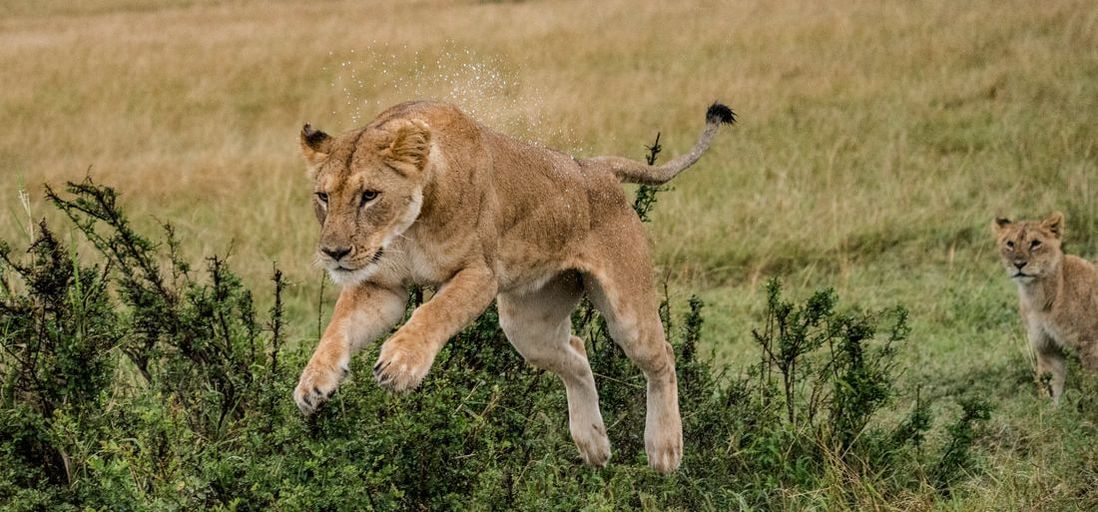


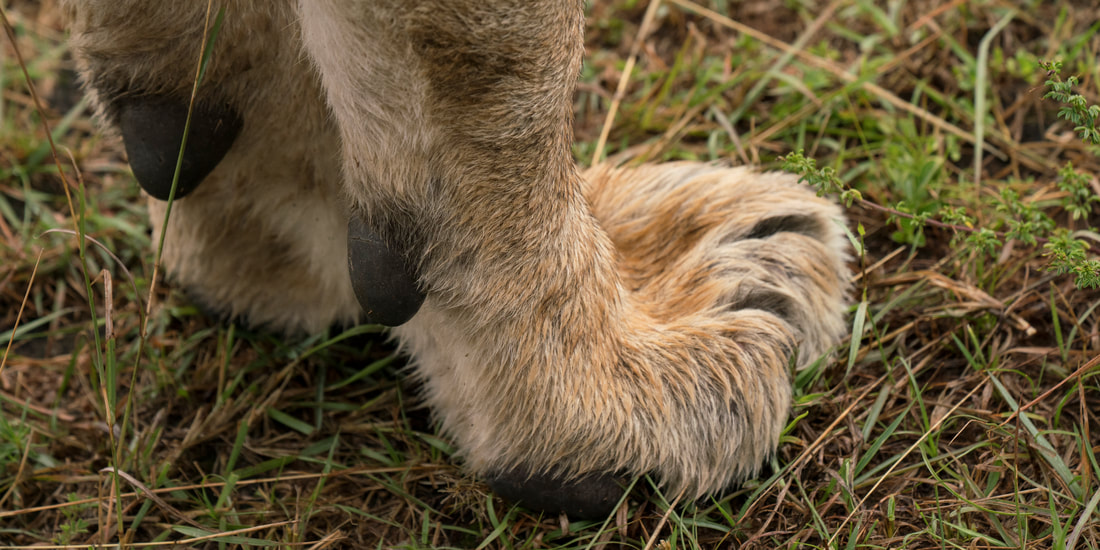

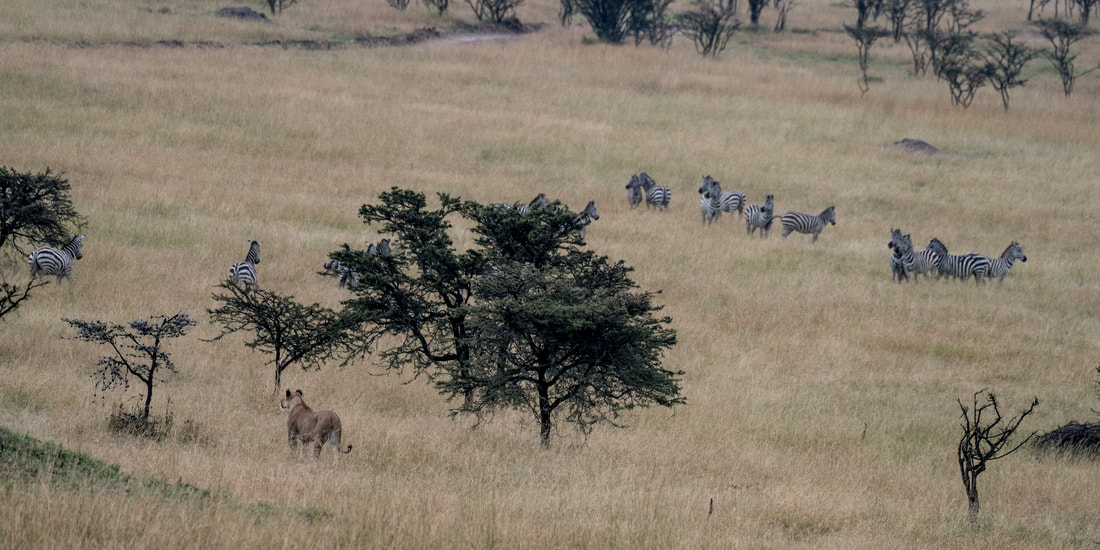







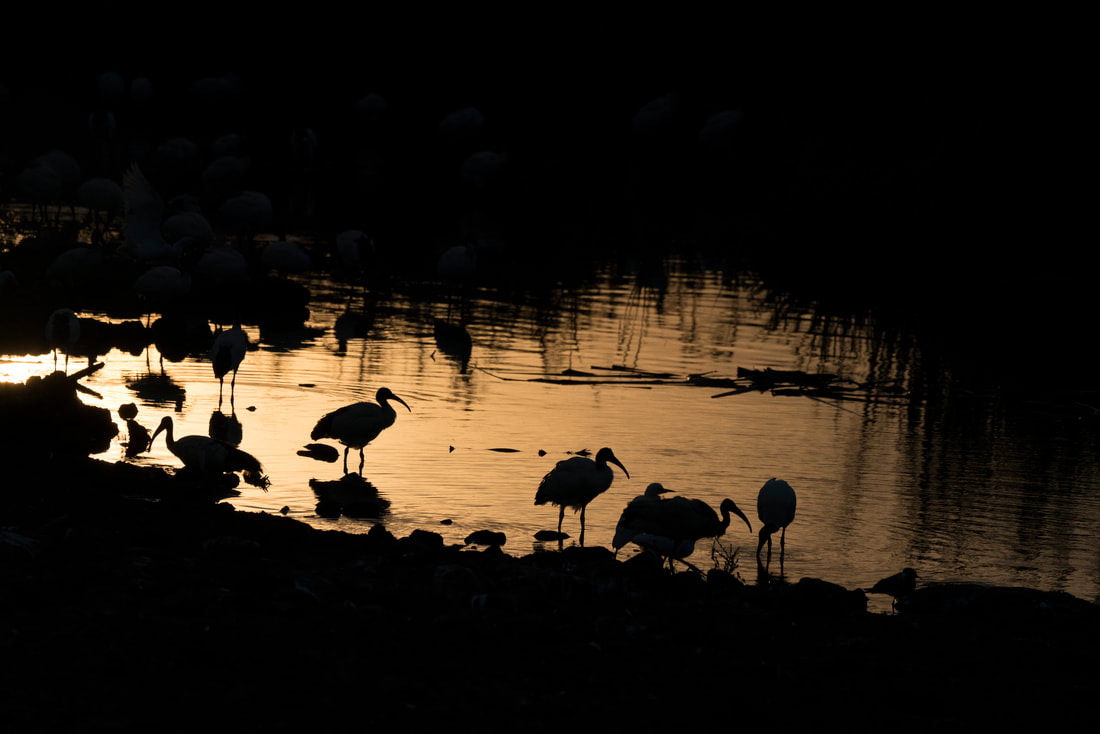




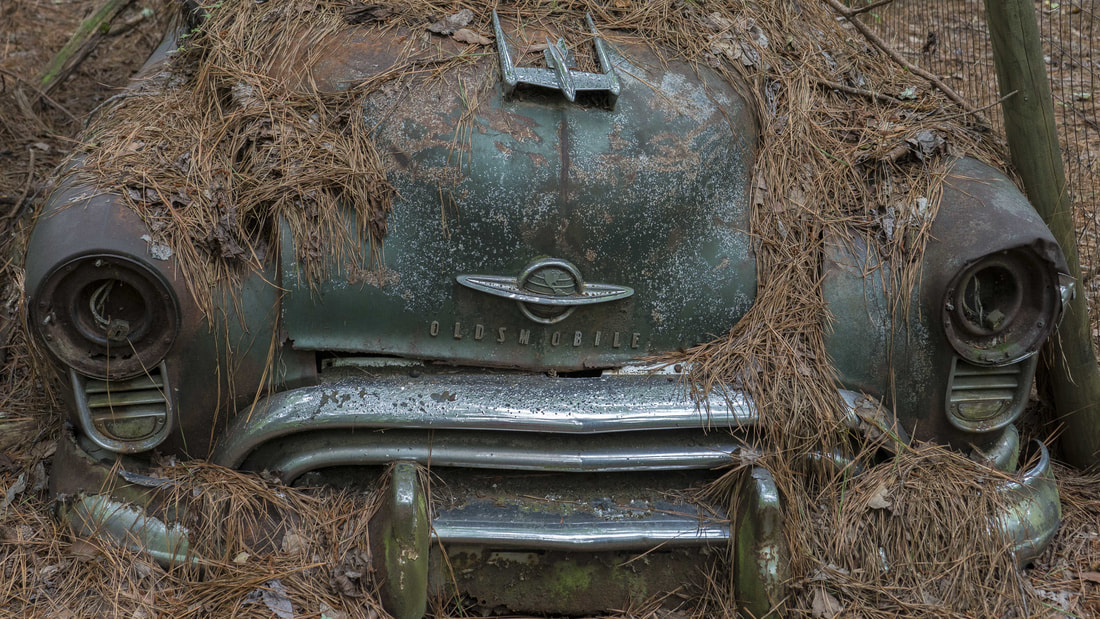
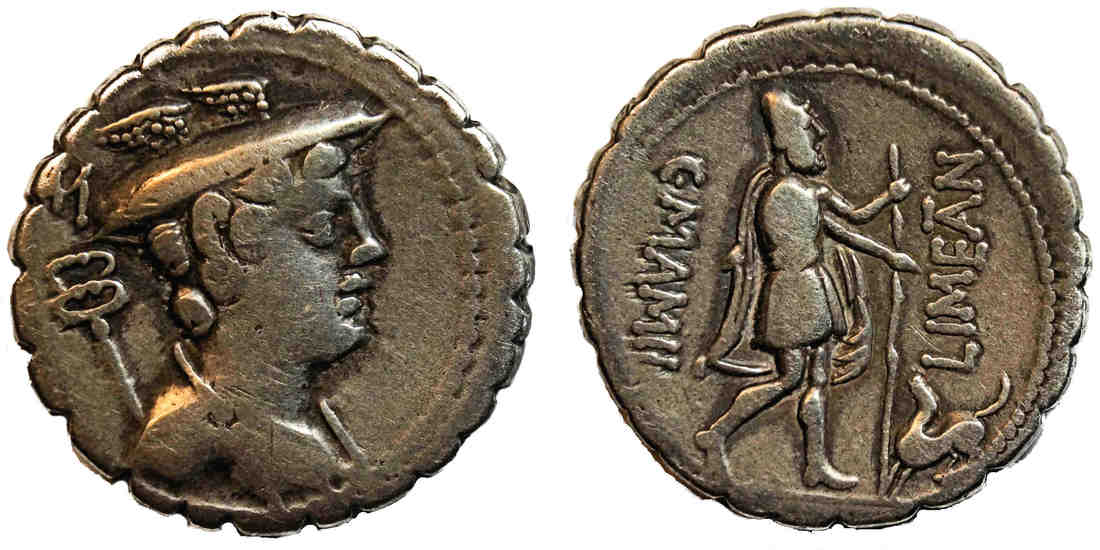

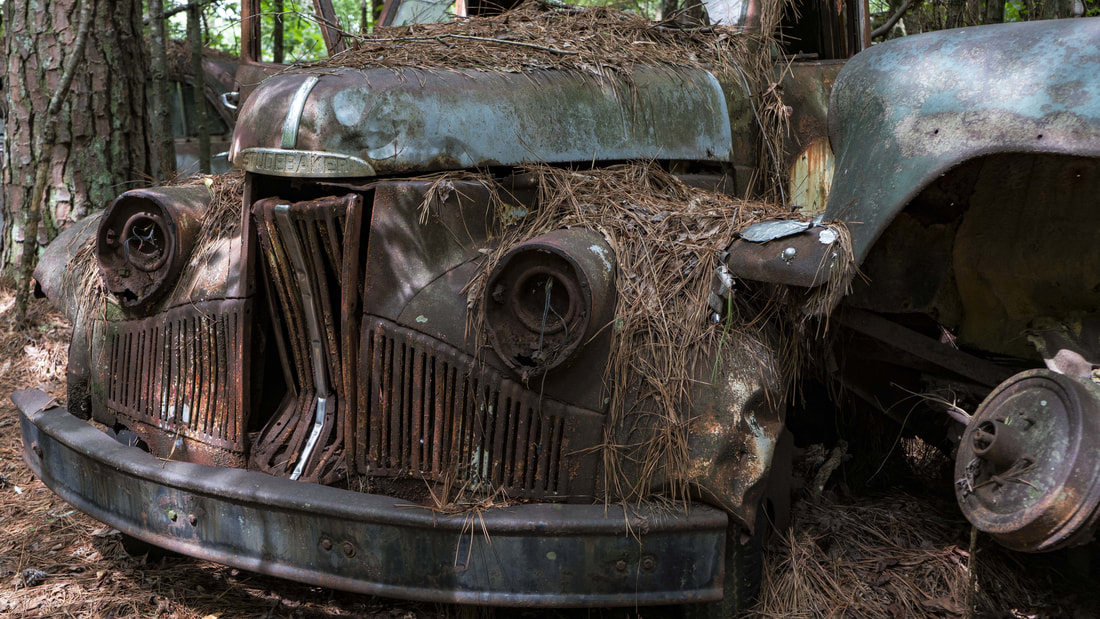

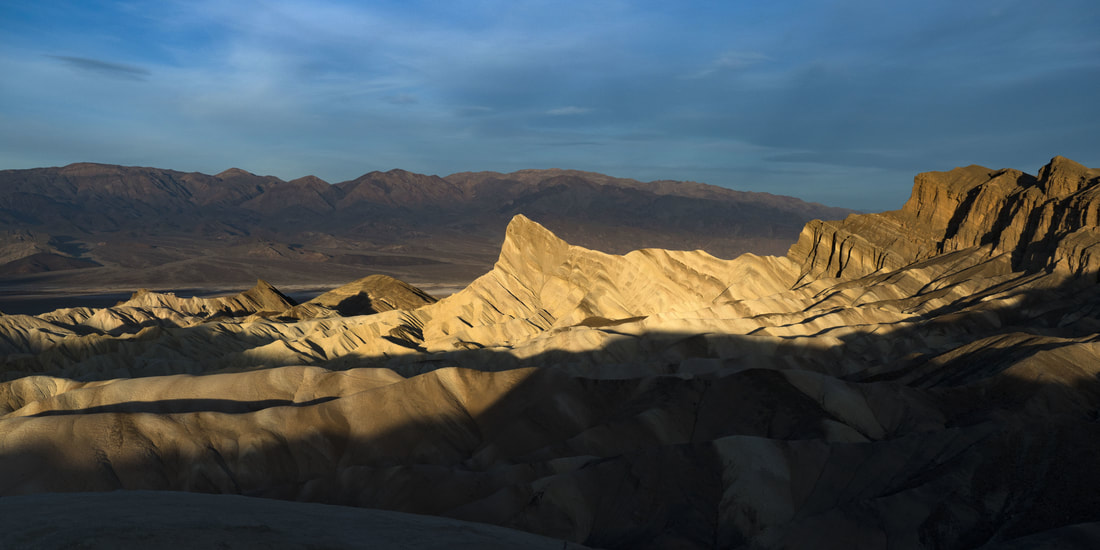




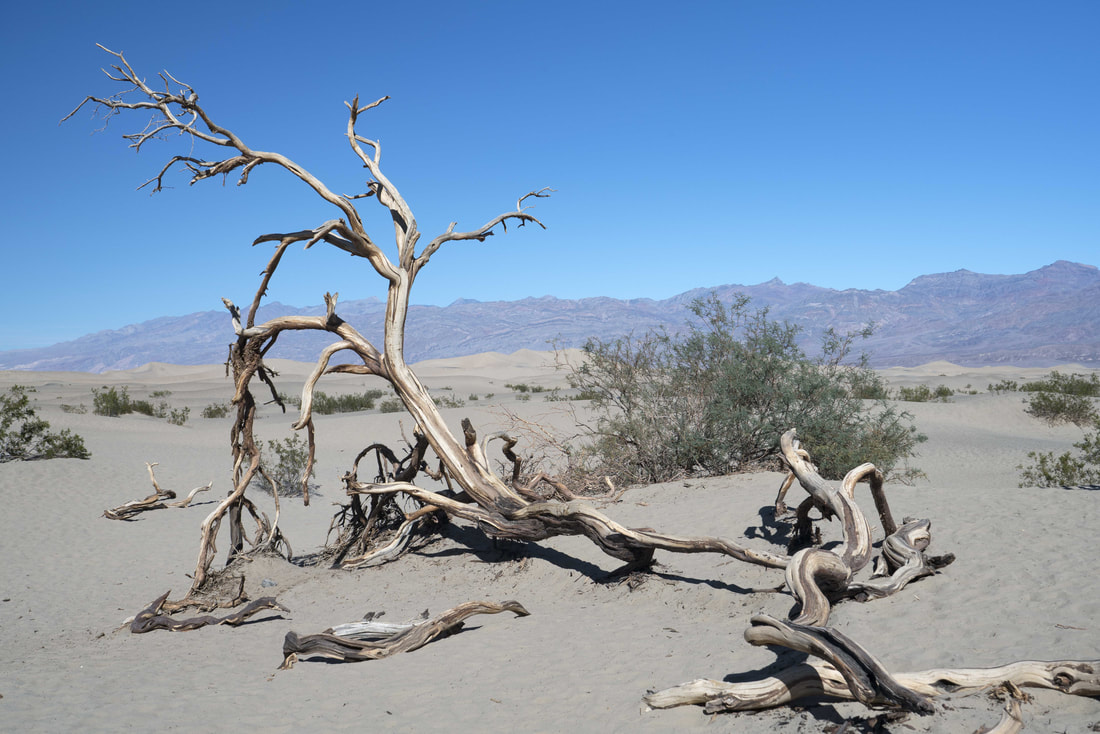


 RSS Feed
RSS Feed